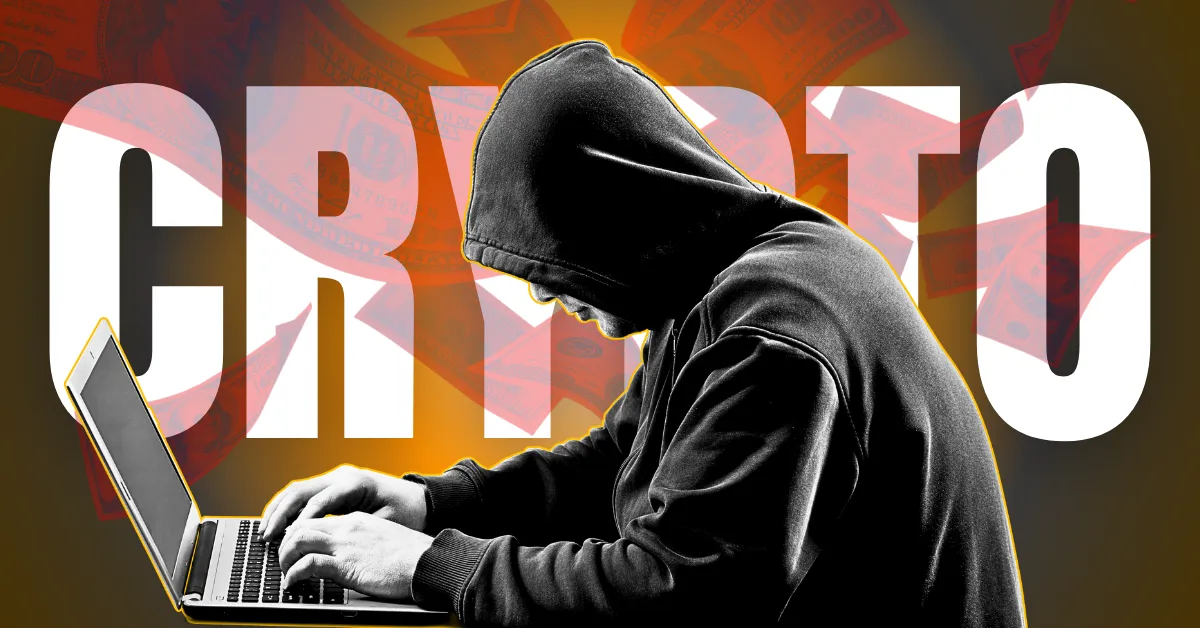The $142 Million Crypto Heist of July 2025: A Wake-Up Call for the Industry
The Escalating Threat Landscape
The cryptocurrency industry faced an unprecedented wave of cyberattacks in July 2025, with hackers stealing $142 million across 17 separate incidents. This alarming figure represents a 27% increase from June’s losses, signaling a disturbing trend of escalating attacks. The victims ranged from well-established platforms to emerging projects, demonstrating that no entity is immune to these sophisticated threats. This surge in attacks underscores the urgent need for the crypto community to reassess its security posture and implement more robust defenses.
The Anatomy of the Attacks
The CoinDCX Breach: An Insider Job?
One of the most concerning aspects of the July 2025 attacks was the CoinDCX breach, which resulted in a $44 million loss. Initial investigations suggested an insider breach, raising serious questions about internal security protocols. Insider threats are particularly dangerous because they involve individuals with legitimate access to sensitive systems. This incident highlights the importance of implementing strict access controls, conducting regular audits, and fostering a culture of security awareness within organizations.
The GMX Exploit: Smart Contract Vulnerabilities
The $42 million GMX exploit serves as a stark reminder of the risks associated with smart contract vulnerabilities. Smart contracts, which are self-executing agreements written in code, are the backbone of many decentralized applications (dApps) and decentralized finance (DeFi) platforms. However, if these contracts contain bugs or vulnerabilities, they can be exploited by malicious actors to drain funds or manipulate the system. The GMX incident underscores the critical importance of rigorous auditing and testing of smart contracts before deployment, as well as ongoing monitoring for potential vulnerabilities.
The Speed of the Getaway: Laundering Funds in Minutes
Adding to the complexity of the problem is the speed at which stolen funds are laundered. Reports indicate that attackers are often able to move and obfuscate the stolen cryptocurrency within minutes of the initial breach. This rapid laundering makes it extremely difficult for law enforcement and security firms to track and recover the stolen assets. The use of mixers, tumblers, and other anonymizing techniques further complicates the process, allowing hackers to break the chain of custody and obscure the origin of the funds. This highlights the need for more sophisticated tracking and tracing tools, as well as greater collaboration between exchanges, security firms, and law enforcement agencies.
The Wider Impact on the Crypto Ecosystem
The $142 million in losses represents a significant financial blow, but the impact extends far beyond the immediate victims. Such incidents erode investor confidence, discourage participation, and damage the overall reputation of the cryptocurrency industry. Potential investors may become hesitant to enter the market, while existing users may become more cautious about storing their assets on exchanges or participating in DeFi platforms.
The increased regulatory scrutiny that often follows such attacks can also stifle innovation and slow down the adoption of cryptocurrency. Governments and regulatory bodies may feel compelled to impose stricter rules and regulations in an attempt to protect consumers and prevent future incidents. While regulation can play a positive role in promoting stability and security, excessive or poorly designed regulations can stifle growth and drive innovation to other jurisdictions.
Strengthening Crypto Security: A Collective Responsibility
The events of July 2025 serve as a wake-up call for the cryptocurrency industry, highlighting the urgent need for improved security measures and a more proactive approach to threat detection and prevention. Several key areas require immediate attention:
Enhanced Smart Contract Audits
Rigorous and independent audits of smart contracts are essential to identify and fix vulnerabilities before they can be exploited. These audits should be conducted by experienced security professionals with expertise in smart contract security. By investing in comprehensive auditing processes, the industry can significantly reduce the risk of smart contract exploits.
Improved Access Controls
Implementing strict access controls and monitoring internal activity can help prevent insider threats and unauthorized access to sensitive systems. Multi-factor authentication, role-based access control, and regular security audits are crucial components of a robust access control system. By limiting access to sensitive systems and monitoring user activity, organizations can significantly reduce the risk of insider threats.
Real-Time Monitoring and Threat Detection
Implementing real-time monitoring and threat detection systems can help identify and respond to suspicious activity before it results in a major breach. These systems should be able to analyze network traffic, user behavior, and system logs to detect anomalies and potential threats. By investing in advanced threat detection technologies, the industry can significantly improve its ability to detect and respond to cyber threats.
Collaboration and Information Sharing
Greater collaboration and information sharing between exchanges, security firms, and law enforcement agencies are essential to combatting crypto crime. Sharing threat intelligence, incident reports, and best practices can help the industry collectively defend against emerging threats. By fostering a culture of collaboration and information sharing, the industry can significantly improve its ability to detect and respond to cyber threats.
User Education
Educating users about common scams, phishing attacks, and other security risks can help them protect themselves from becoming victims of cybercrime. Exchanges and platforms should provide clear and concise security guidance to their users and encourage them to adopt best practices such as using strong passwords and enabling two-factor authentication. By empowering users with the knowledge and tools they need to protect themselves, the industry can significantly reduce the risk of cybercrime.
Conclusion: A Call to Action for a More Secure Future
The $142 million crypto heist in July 2025 was a stark reminder of the ongoing security challenges facing the cryptocurrency industry. While the losses were significant, they also present an opportunity for the industry to learn from its mistakes and build a more secure and resilient ecosystem. By investing in enhanced security measures, promoting collaboration, and educating users, the crypto community can work together to deter future attacks and build a more trustworthy and sustainable future for digital assets. The time for complacency is over; the future of crypto depends on our collective commitment to security.





